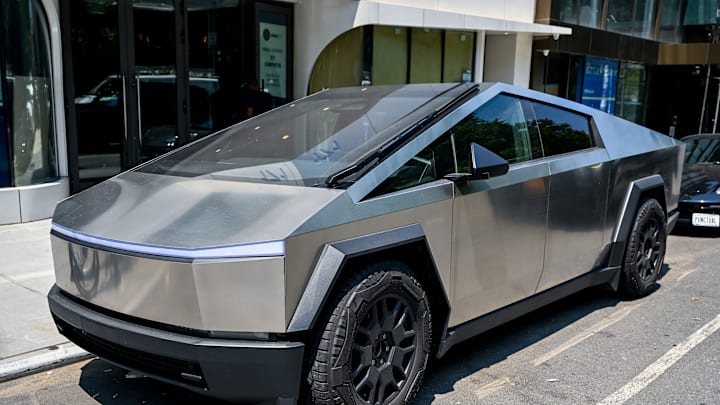Fortnite, the wildly popular free-to-play battle royale game developed by Epic Games, is known for its frequent and often exciting crossover events. From Marvel superheroes to iconic movie characters, these crossovers have been instrumental in keeping the game fresh and engaging for its massive player base.
However, the latest addition to Fortnite—a digital version of Tesla’s infamous Cybertruck—has sparked controversy and mixed reactions among gamers and industry watchers alike. This article explores the implications of this move and its potential impact on the gaming industry.
Since its unveiling, Tesla’s Cybertruck has been a topic of intense debate. Praised by some for its futuristic design and electric capabilities, it has also faced criticism for various reasons. Despite these controversies, the Cybertruck has maintained a presence in popular culture, partly due to Tesla CEO Elon Musk’s high-profile persona.
The announcement of the Cybertruck’s inclusion in Fortnite has generated a mix of amusement, confusion, and criticism among players.
Summer Road Trip Mood: On.
— Fortnite (@FortniteGame) July 23, 2024
Grab the squad and complete quests to unlock the @tesla Cybertruck!https://t.co/D9P3T7O5uu pic.twitter.com/V6Mk7EzDXD
The Cybertruck raises questions about the authenticity and strategic value of brand crossovers. From a business perspective, this move illustrates the evolving strategies in game monetization and marketing. The inclusion of Tesla’s Cybertruck in Fortnite serves as a case study in the complexities of brand integration within gaming. While it has generated significant attention, the mixed player reactions highlight the risks of prioritizing novelty over thematic consistency and player sentiment. As the gaming industry continues to evolve, maintaining a balance between innovative marketing strategies and authentic, community-driven content will be crucial for sustained success.
The Cybertruck's addition to Fortnite, while generating buzz, serves as a cautionary tale about the importance of aligning brand crossovers with player expectations and game aesthetics. The gaming industry must balance innovative marketing strategies with the need to maintain thematic consistency and community trust.
As the gaming industry continues to grow and evolve, these lessons will be essential for developers aiming to create engaging, authentic, and successful gaming experiences.
The Cybertruck's addition to Fortnite, while generating buzz, serves as a cautionary tale about the importance of aligning brand crossovers with player expectations and game aesthetics. The gaming industry must balance innovative marketing strategies with the need to maintain thematic consistency and community trust.
The addition of Tesla’s Cybertruck to Fortnite serves as a critical lesson for the gaming industry. Moving forward, developers and brands must prioritize strategic alignment, community involvement, and balanced content integration to ensure that collaborations are well-received and enhance the gaming experience.
By learning from both successful and unsuccessful examples, the industry can navigate the complex landscape of in-game advertising and brand partnerships, ultimately fostering a more engaging and enjoyable environment for players.
As the gaming industry continues to evolve, the lessons learned from the Cybertruck incident will be invaluable. By prioritizing player experience, fostering transparent communication, and ensuring strategic alignment, developers and brands can create meaningful and successful collaborations that resonate with the gaming community.
